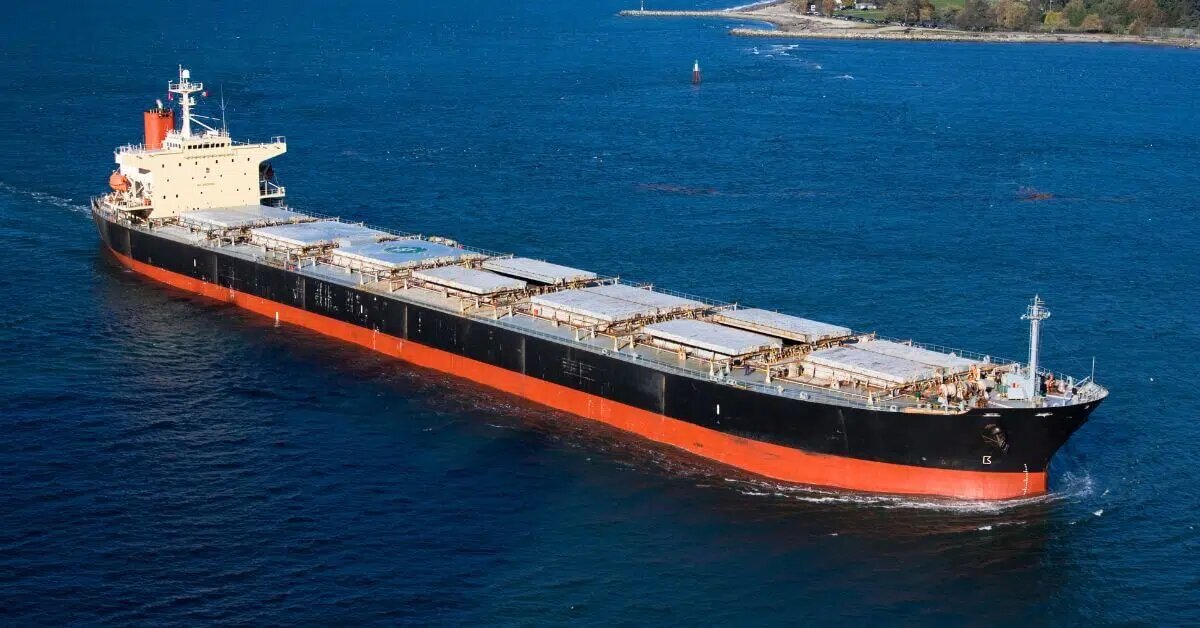With the launch of its new flagship, the German cruise line TUI Cruises is the latest to join a growing list of owners that have opted for LNG
Germany’s TUI Cruises has become the latest proponent of LNG as a fuel with the launch of its new flagship, Mein Schiff Relax, in early February. By 2028, the global fleet will have some 1,200 LNG dual-fuel ships in operation.
TUI’s new flagship is not only LNG fuelled, but it can also run on marine gas oil and bioLNG when the latter becomes available in sufficient quantities. As the first of two LNG-fuelled cruise ships, it is also a powerhouse of low-emissions technology with its Euro 6-standard catalytic converters, a generative turbine running on residual heat from diesel generators, and the latest shore power connections.
The vessel highlights the rapid inroads that LNG is making in the global fleet. In 2024, according to industry coalition SEA-LNG’s latest View from the Bridge, the orderbook for LNG-fuelled vessels grew by record levels, while bunkering volumes and other infrastructure kept pace with mounting demand.
The numbers tell a story of unstoppable growth in what has for a long time been considered an interim fuel. By the end of 2024, the percentage of LNG-fuelled vessels plying the oceans had in one year jumped by over 33% to 638 ships. In terms of the volume of alternatively-fuelled tonnage ordered, LNG dual-fuelled vessels accounted for an astonishing 70% of the total. And that excludes LNG carriers, the numbers of which jumped by 43% during 2024.
One consequence of this demand is that in January, South Korea briefly jumped ahead of China as the recipient of the most newbuild orders on the back of a record number of LNG carriers. In another vote of faith for LNG as a fuel, during 2025 HD Hyundai, the country’s largest shipbuilder, will deliver 26 LNG carriers.
Interestingly, Clarksons’ latest Green Technology Tracker, also breaks down newbuild orders by alternative fuels other than LNG, showing 49 for methanol, 15 for ammonia, 42 for LPG and four for hydrogen. Overall though, LNG is in the ascendant. “Excluding LNG carriers, the relative share of ordering of LNG fuel-capable tonnage increased compared to methanol-capable tonnage in the first half [of 2024] compared to 2023 levels,” the consultancy said.
Bunkering
As View from the Bridge points out, the all-important bunkering infrastructure is advancing rapidly in tandem with the acceptance of LNG. Today, vessels can fuel up at bunkering hubs in nearly 200 ports worldwide, while a further 78 ports are in the process of establishing their own hubs. The latest to sign up is South Africa’s Richards Bay, which announced mid-February that it will be the base for the country’s first LNG import terminal. Under the first phase of the development, the terminal will build to a capacity of 2M tonnes a year, eventually rising to 5M tonnes.
But beyond traditional bunkering, at least 60 LNG bunkering vessels are now at work, up by nearly a quarter over 2023. The overall result was another record – more LNG by volume was bunkered globally than ever before.
“Growth was driven by the commercial and environmental benefits of LNG”
SEA-LNG attributes the latest surge in LNG-fuelled ships and infrastructure to the recognition that it is just the first step in a pathway. “This growth was driven by the commercial and environmental benefits of LNG as a marine fuel and also the growing realisation that the LNG pathway offers the lowest cost of compliance with IMO and European Union (EU) greenhouse gas regulations”, the coalition maintains.






